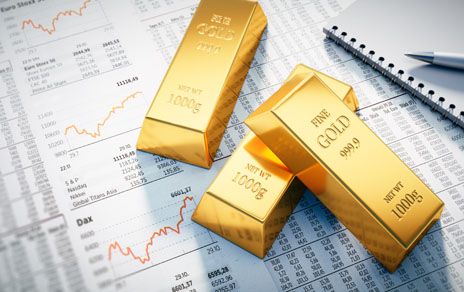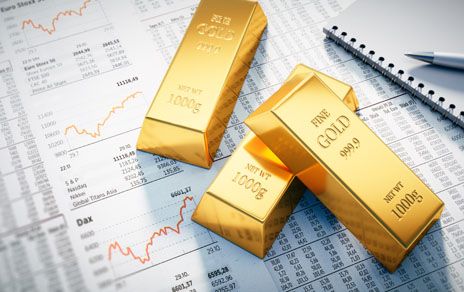
Gold price ends the second quarter with its third consecutive record-high

The gold market may be stuck below $2,350 for now, but that hasn't stopped prices from achieving new records.
Friday's close marks the end of the second quarter, and the precious metal has notched a new all-time record quarterly closing price for the third consecutive quarter. The yellow metal is ending the week around $2,336 an ounce, up more than 5% from the end of the first quarter.
Meanwhile, on an annual basis, gold prices are up a whopping 21% from the end of the second quarter of 2023. Looking at gold's long-term chart, it's not surprising why many commodity analysts remain extremely bullish on gold. Not only does the price have solid fundamental macroeconomic support, but the chart shows a clear uptrend.
While gold has room to move lower in the near term, it is difficult to see how the current trend materially shifts. While its long-term fundamentals remain firmly in place, the market still lacks a catalyst that will spark a new rally to all-time highs. Investors continue to focus on gold's opportunity costs as the Federal Reserve maintains its aggressive monetary policy.
However, we are starting to see shifting signs in the marketplace as investors look for safe-haven alternative assets. This week, State Street Global Advisors, in collaboration with the World Gold Council, released their annual Gold Perceptions Survey.
The survey polled 525 North American professional investors, and surprisingly, 29% expect to increase their allocation to the precious metal in the next 12 to 18 months.
The survey also showed just how much more active investors have been in gold this year. Nearly nine out of 10 advisors (~85%) surveyed said they have some allocation in the precious metal, up from 69% in 2018 and 76% in 2019.
As to what will be the catalyst for gold, Michael Widmer, commodity analyst at Bank of America, has a few ideas. This week he increased his gold price forecast, seeing it hit $3,000 an ounce in the next 12 to 18 months.
Widmer added that investors won't jump into the gold market until they get clear signaling from the Federal Reserve that it is embarking on a new easing cycle.
However, he also noted that gold's attractiveness is growing as central banks worldwide reduce their exposure to the U.S. dollar and Treasuries. Although a breakdown in U.S. Treasuries is not Bank of America's base-case scenario, it did warn investors that because of growing government debt, risks in the global economy are rising, and the U.S. bond market looks fragile. Widmer said that the U.S. Treasury market is one shock away from not functioning seamlessly.
"Looking at the UST tail risk, how could this actually play out? In our view, a sharp move higher in rates would initially be accompanied by lower gold prices," Widmer said. "That said, the search for a 'safe-haven' asset will ultimately divert flows into the gold market, so the yellow metal will then likely pick up. The long-standing inverse relationship between gold and rates has become more tenuous already and, in our view, this is unlikely to change going forward."
So for now, sit tight and enjoy the summer.
To all our Canadian readers: Happy Canada Day.
To our American readers: Happy Fourth of July.
Kitco Media
Neils Christensen
Tim Moseley
